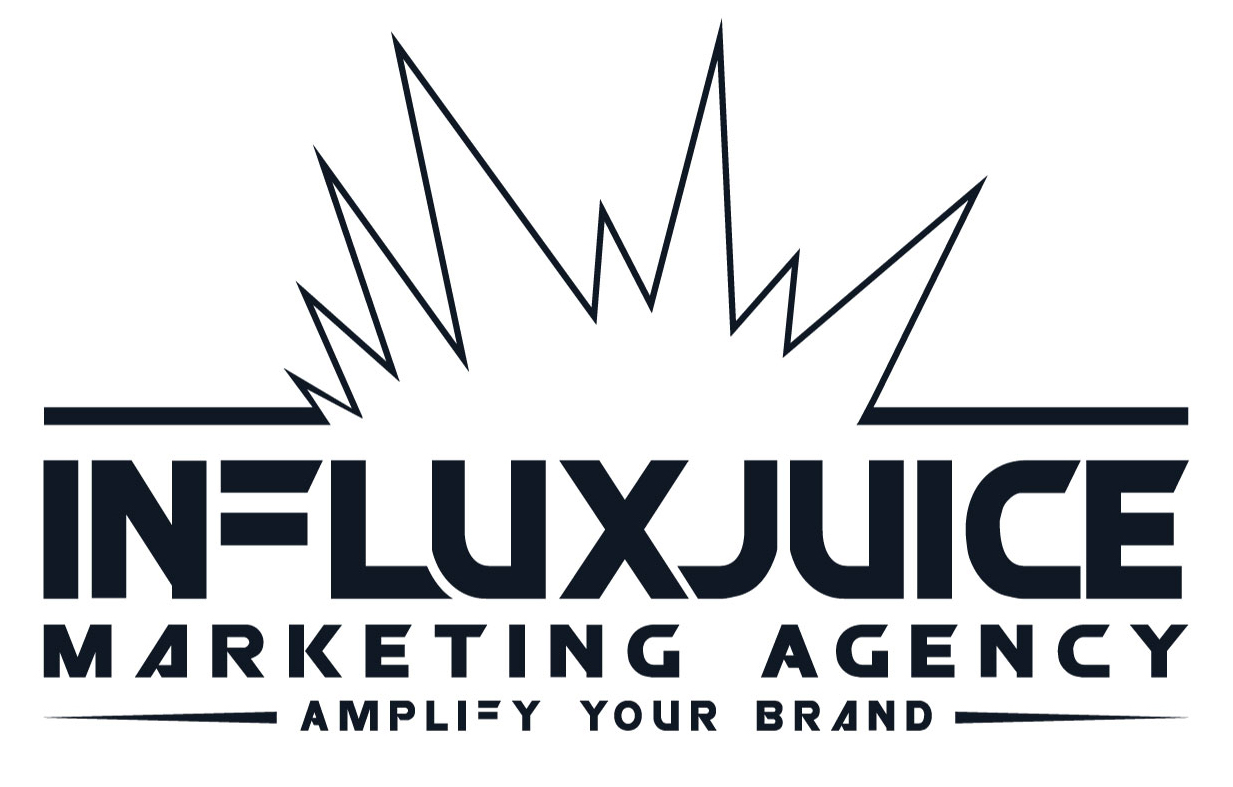You get roughly 3 to 5 seconds to grab attention in copywriting. This means your opener must break patterns, spark curiosity, or ask a question that forces your reader to engage mentally. Use open loops or big promises to hold interest. When feasible, create anchors – memorable phrases or concepts you can reference later to increase recall.
Good copywriting openers set the tone for the entire message and determine if your reader sticks around or bounces. Use contrast, emotion, or intrigue to hook quickly.
Quick answers – Jump to section
- Inspiring Action: Engaging Emotions and Logic
- Authenticity Check: The Bill Burr Bullshit Test
- Six Keys to Making Ideas Stick
- Principles of Influence to Drive Action
- Persuasion Fundamentals: Understanding Audience Psychology
- Buying Triggers That Motivate
- Write for Clarity: Keeping It Simple and Direct
- Structuring the Offer: Clear, Compelling Presentations
- How to Write Charismatic Copywriting
- The Power of Brevity
- Story Brand Framework: Make Your Customer the Hero
- FAQ
- Conclusion: Writing Copywriting That Connects and Converts
Inspiring Action: Engaging Emotions and Logic
Humans act first on emotion, then justify with logic. Effective copywriting “Directs the Rider” with clear, specific messaging, “Motivates the Elephant” by stirring desire, and “Shapes the Path” with simple next steps.
Define one core belief: your offer is the key to reaching their goal through a unique method. Then answer their ten key questions: How’s this different? What’s in it for me? How do I know it’s real? What holds me back? Why now? Why trust you? How does it work? How do I start? What’s the risk?
Creating this emotional and rational clarity helps prospects feel confident in deciding.
Authenticity Check: The Bill Burr Bullshit Test
Avoid jargon, overblown promises, and language clichés. Imagine sending your copywriting to a blunt, skeptical critic: will anything sound silly, exaggerated, or fake? If yes, rewrite. Authentic, direct language builds trust and credibility.
Six Keys to Making Ideas Stick
Make your message:
- Simple: Strip to essentials. Know what to exclude. Use familiar metaphors.
- Unexpected: Break patterns. Engage curiosity by opening knowledge gaps.
- Concrete: Use sensory details and human actions that everyone understands.
- Credible: Back claims with stats, social proof, authority.
- Emotional: Connect with feelings your audience already has or wants to have.
- Story-driven: Stories simulate experience, preparing readers for action emotionally and mentally.
Principles of Influence to Drive Action
Leverage these keys:
- Reciprocation: Give upfront value for free to make prospects want to give back.
- Social Proof: Show others approve to reduce fear and skepticism.
- Consistency: Encourage small commitments to grow trust and action over time.
- Liking: Show shared traits so prospects feel understood.
- Authority: Speak confidently to become the trusted expert.
- Scarcity: Use limited offers or spots to prompt quick action.
- Guarantees: Remove risk with clear, fair refund options.
Persuasion Fundamentals: Understanding Audience Psychology

Focus on your audience’s:
- Dreams and goals, encouraging hope they can achieve them.
- Past failures, explaining external reasons rather than personal faults.
- Fears, allaying concerns with supportive guidance.
- Suspicions, addressing objections truthfully.
- Shared enemy, uniting them against a common obstacle or mind-set.
Buying Triggers That Motivate
Key triggers include:
- Consistency in previous buying or commitment behaviour.
- Product and prospect nature – fit between product features and audience emotions.
- Objection-raising and resolving upfront in your copywriting.
- Storytelling to humanize messages.
- Authority and proof of value.
- Emotion combined with justification logic.
- Urgency and exclusivity.
- Clarity and simplicity in your offer.
- Familiarity and mental engagement backed by honesty.
Write for Clarity: Keeping It Simple and Direct
Aim for a 10-year-old’s reading level: short words, sentences, and paragraphs. Break text into bullets and headings for easy scanning. Avoid vague marketing jargon. Favour verbs over adjectives to keep the focus on action.
Structuring the Offer: Clear, Compelling Presentations
- Begin with your core “hot offer” in one sentence.
- Define the core concept essential for understanding.
- Include extras, bonuses, or support elements.
- Address three common objections with “secrets.”
- Show the success sequence: steps to results.
- Prove results with testimonials, data, or screenshots.
- Differentiate from alternatives with clear advantages.
- Frame price vs results for value perception.
- Use trial closes – questions encouraging “yes.”
How to Write Charismatic CopyWriting

Shift language focus from “I/me” to “you/your.” Avoid negatives or words like “but” that undermine your message. Use sensory language that appeals to sight, sound, and feeling. Cut clichés and excessive punctuation. Provide reality checks after big claims. Use inclusive language anticipating audience concerns. Tell your story as something you did, inviting readers to do the same.
The Power of Brevity
Imagine earning $100 for every removed unnecessary word – aim for the shortest copywriting that retains 80-90% of impact. Most readers skim, giving you 3-5 seconds to grab attention and around 100 words for your main points. Being concise shows respect for readers’ time and keeps pace engaging.
Story Brand Framework: Make Your Customer the Hero
Craft your narrative with your audience as the hero facing external, internal, and philosophical struggles. Be the guide who shows empathy and authority, offering a clear, step-by-step path forward. Call them to immediate action by showing the stakes of acting or not acting.
FAQ
Q: What is the most important part of copywriting?
Capturing attention quickly and connecting emotionally while guiding clear action.
Q: How can I make my copywriting more persuasive?
Use emotional triggers, social proof, clear benefits, and urgency combined with logical reasons and guarantees.
Q: Why should I avoid jargon?
Simple, direct language is more accessible, easy to understand, and less likely to confuse or alienate readers.
Q: How long should sentences and paragraphs be?
Short sentences and paragraphs are easier to read and understand, especially aiming for early middle school reading level.
Q: What is the Bill Burr Bullshit Test?
A quick check for authenticity – avoiding language that sounds fake, silly, or overly hype-filled.
Q: How important are headlines and openers?
They decide if your reader stays or leaves by hooking attention in the first few seconds.
Q: What role do stories play in copywriting?
Stories create emotional connection and simulate experience, making your message memorable and persuasive.
Q: Why is brevity so crucial?
Because readers scan and have limited attention, concise, powerful copywriting maintains engagement and drives action.
Here is a conclusion for the article that summarizes key points, reinforces their value, and leaves a strong final impression:
Conclusion: Writing Copywriting That Connects and Converts
Effective copywriting boils down to quickly grabbing attention, engaging emotion, and guiding clear action. Every word must serve the purpose of making your message simple, credible, and memorable.
Start strong with openers that break patterns or ignite curiosity. Build authentic connections by speaking directly to your audience’s needs, addressing their doubts, and answering their critical questions. Use stories, sensory language, and social proof to make ideas stick and motivate action. Keep sentences short and language clear to respect readers’ attention spans. Structure your offer clearly with proof and trial closes to build confidence.
Always test your copywriting for jargon, hype, or fluff that undermines authenticity. Brief, vivid, and reader-focused copywriting will win the mental battle for attention and drive results. By making your customer the hero and being their trusted guide, your words become the bridge to their success.
Mastering these principles creates copywriting that doesn’t just inform, but inspires and converts, turning readers into loyal customers.
_________________________________________________________________
Get your business referenced on ChatGPT with our free 3-Step Marketing Playbook.
Want to know how we can guarantee a mighty boost to your traffic, rank, reputation and authority in you niche?
Tap here to chat to me and I’ll show you how we make it happen.
If you’ve enjoyed reading today’s blog, please share our blog link below.
Do you have a blog on business and marketing that you’d like to share on influxjuice.com/blog? Contact me at rob@influxjuice.com.

